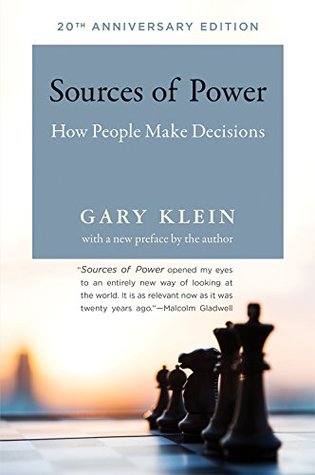He agreed that there were options, yet it was usually obvious what to do in any given situation. We soon realized that he was defining the making of a decision in the same way as Soelberg’s students—generating a set of options and evaluating them to find the best one. We call this strategy of examining two or more options at the same time, usually by comparing the strengths and weaknesses of each, comparative evaluation. He insisted that he never did it. There just was no time. The structure would burn down by the time he finished listing all the options, let alone evaluating them.
When I'm looking for a quote in my highlights file, I'm generally looking for justification for how I feel. Just for fun, I'll search for justification now. COnfirmation bias was better.
Each scholar suffers from the confirmation bias—the tendency to search vigorously for evidence that confirms what one already believes.36 One of the most brilliant features of universities is that, when they are working properly, they are communities of scholars who cancel out one another’s confirmation biases.
Lukianoff, Greg. The Coddling of the American Mind (p. 109). Penguin Publishing Group. Kindle Edition.


